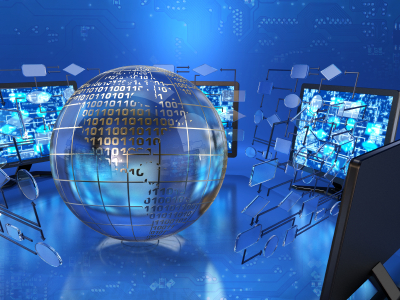The Growth & Edge of IoT
By: Steffen Sorrell

Despite having been the subject of much discussion and investment over the past five years, the development of the Internet of Things (IoT) remains at a relatively early stage.
In practice, the reason is that, like the ‘classic’ Internet itself, the IoT requires not only the development of viable business models but also a transformation in the way that partaking businesses operate. That said, those players who have already entered the market are already realizing benefits. That said, opportunity still abounds: in a survey conducted by Vodafone in 2017, 95 percent of respondents who stated that they had adopted IoT projects also claimed to have seen tangible benefits. In the same survey, 51 percent of adopters reported that IoT has either increased revenue directly or enabled new revenue streams.
Juniper Research believes that the IoT will develop over six distinct phases, with erstwhile M2M network strategies eventually developing into highly networked, automated deployments that may be classified as an ‘intelligent IoT.’ The evolution from closed-loop networks such as SCADA and M2M is well underway, with service provider business models and platforms supporting data aggregation and application enablement having driven the greatest changes in the market over the last three or so years.
Nevertheless, there are still significant challenges to be solved. These can be summarized in the form of two key concepts: business process transformation and scale.
Although the IoT is presently represented by just over 21 billion connections globally, much of the data produced by connecting devices is transient enough so as to be of little value if it is not analyzed immediately. Or, this data creates challenges when analyzed retrospectively. What does this mean in practice? Essentially, these challenges result in projects that are slow (beyond 6 months) to realize ROI (return on investment), while operating costs are elevating owing to high bandwidth and storage requirements. In turn, this has constrained IoT deployment sizes, with many businesses unwilling to implement a company-wide IoT strategy.(Click to Enlarge)
Computing at the Edge to Drive Scale
Juniper’s research report, The Internet of Things: Consumer, Industrial & Public Services 2018-2023 has found that the emergence of edge computing services and applications will serve as a significant driver for overcoming the issues described above. Edge computing in itself is not a new concept: placing computing intelligence in nodes at the edge of a network for the purposes of industrial automation has been common practice for many years. However, the level at which devices are now being networked, from the field to corporate environments, is rising to a point that has never before been reached.
Defining Edge Computing in the IoT
Edge computing is a rather broad term. Smartphones, for example, can be viewed as edge computing devices owing to their position in the network and high CPU capacity. However, many MCUs (microcontroller units) positioned at the edge of a network merely serve as IoT sensors and data-gatherers. Here, computing power to process this data is required at the edge of the wider Internet. Increasingly, this is commonly referred to as the ‘fog’, i.e., between the cloud and IT or OT (operations technology) networks. There are, however, key differences between the broader term ‘edge computing’ and ‘fog computing’:




















